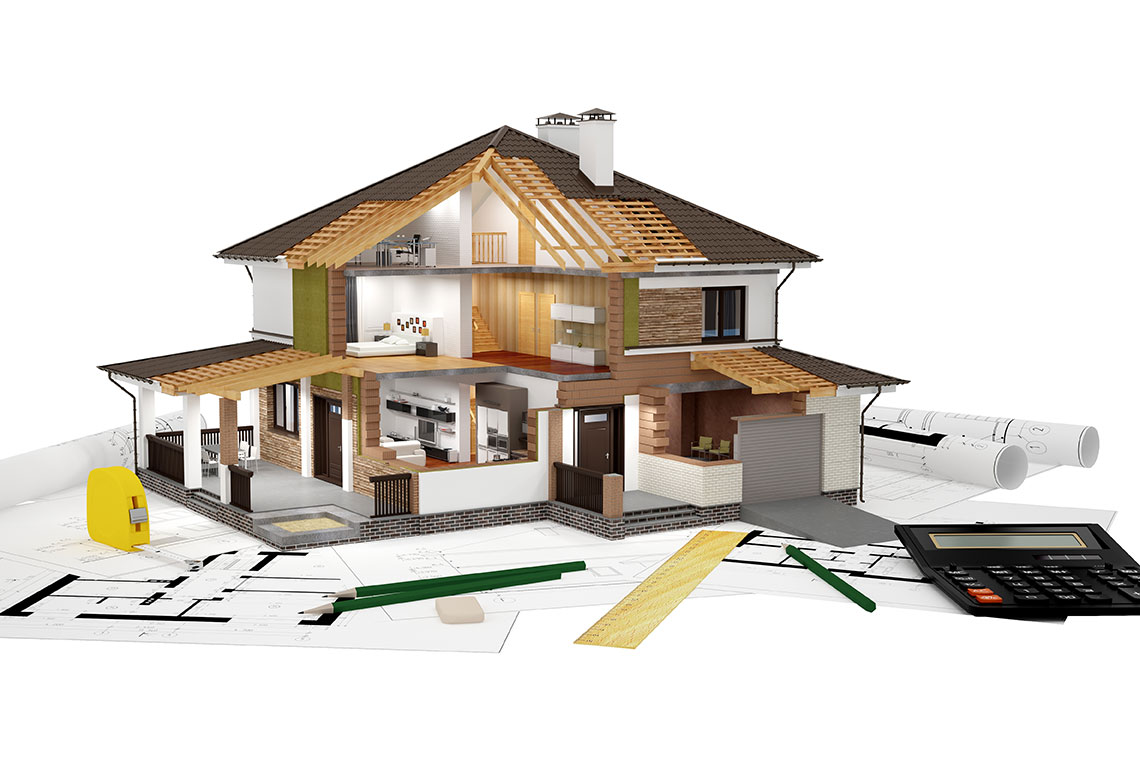
Oct. 26, 2021 | Tyler Difley
Four ways to finance your next home renovation
Canadians have renovations on the brain.
Across the country, a spike in loan applications for home improvement projects shows no signs of slowing down, as homeowners look to reinvest in their properties.
If you are planning a renovation of your own, it’s important to understand your financing options first. Here are a few options available to most homeowners, so you can choose the one that’s right for you and your situation:
1. Mortgage refinancing
Refinancing the terms of your existing mortgage, including the loan amount, interest rate and amortization, can allow you to borrow more money but repay it over a longer period, keeping your monthly payments relatively low. Refinancing is appealing to many homeowners since it is often the option with the lowest interest rate. However, the advantages of refinancing vary depending on the terms of your existing mortgage and when it is coming up for renewal, so contact your lender or mortgage broker to discuss your options.
2. Personal loan or line of credit
A personal loan or line of credit can be obtained from most Canadian financial institutions. A personal loan comes in the form of a lump sum that must be repaid (plus interest) in installments over a set period, usually one to five years. Once repayment is complete, the borrower must reapply if they want to borrow additional funds.
Meanwhile, a personal line of credit, allows you to access funds whenever you need them (up to a set limit) and only pay interest on what you use. You can also borrow additional funds without reapplying, as long as you don’t exceed the limit on the credit line.
The interest rate for a personal loan or line of credit is generally much lower than a credit card. However, since they’re unsecured loans, the interest rate will be higher than a home equity line of credit (HELOC).
3. Home equity line of credit (HELOC)
A HELOC offers all the advantages of a personal line of credit, but with the added benefit of a lower interest rate since the loan is secured by the equity in your home. Generally, the total amount homeowners can borrow through a HELOC adds up to 80 per cent of their home’s appraised value minus the amount owing on their mortgage.
Some homeowners set up a HELOC with their lender without an immediate need for the funds. This allows the homeowner to use the HELOC as a safety net, knowing they have immediate access to credit if they need it during an emergency. However, this approach requires discipline, as your debt can quickly snowball if you start to access funds for discretionary purchases.
4. Savings
If you can complete your renovation without taking on any new debt, that is always a great option – why pay interest on a loan if you don’t have to? However, paying for your renovation with cash might mean you need to delay your project several months while you save up the necessary funds.
Tagged: House & Home | home improvement | How To | Renovation | Money




